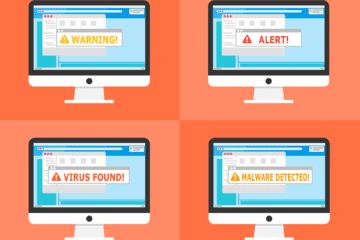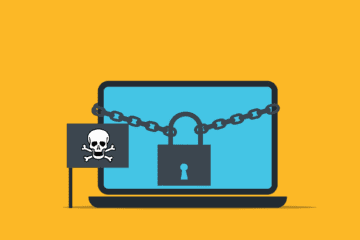Cybersecurity has become a critical concern for individuals and businesses alike, as the increasing reliance on technology has opened the door to a range of cyber threats. From phishing scams to ransomware attacks, it’s more important than ever to understand the dangers and take steps to protect yourself and your assets. In this blog, we’ll provide a comprehensive guide to navigating the world of cybersecurity, so you can feel confident and secure in your digital life.
Threats to Cybersecurity
One of the first steps in protecting yourself from cyber threats is understanding what you’re up against. There are many different types of cyber attacks, each with its own set of dangers and methods of operation. Some of the most common types of attacks include:
Phishing: This type of attack uses fake emails or websites to trick you into entering personal information, such as passwords or credit card numbers.
Ransomware: This type of attack locks your computer or files and demands a ransom payment in exchange for the key to unlock them.
Malware: This type of software is designed to damage or disrupt your computer or network, and can take many forms, including viruses, worms, and spyware.
Man-in-the-Middle Attack: This type of attack intercepts communication between two parties, allowing the attacker to eavesdrop on or alter the information being transmitted.
Protecting Yourself and Your Business
Now that you understand the types of threats you may face, it’s time to take steps to protect yourself and your assets. Here are some best practices for personal and business cybersecurity:
Personal Cybersecurity:
- Use strong and unique passwords for all of your accounts.
- Enable two-factor authentication whenever possible.
- Keep your software and operating system up to date.
- Use a secure Wi-Fi connection whenever possible.
Business Cybersecurity:
- Provide employee training on cybersecurity best practices.
- Regularly update and maintain all systems and software.
- Implement a firewall and anti-virus protection.
- Ensure that all important data is backed up and can be recovered in the event of a cyber attack.
Responding to a Cyber Attack
In the event that you or your business experiences a cyber attack, it’s important to take immediate action to minimize the damage and protect your assets. Here are some steps to take:
- Isolate the affected systems to prevent further spread of the attack.
- Preserve evidence of the attack, such as logs and emails.
- Notify law enforcement and seek their assistance.
- Restore systems and data from backups.
Resources and Further Reading
To stay up-to-date on the latest trends in cybersecurity and access the best tools and resources, be sure to check out the following resources:
- Cybersecurity regulations and standards, such as the General Data Protection Regulation (GDPR) and the Payment Card Industry Data Security Standard (PCI DSS).
- Cybersecurity tools and products, such as firewalls, anti-virus software, and encrypted communication tools.
- Cybersecurity training and certification, such as Certified Information Systems Security Professional (CISSP) and Certified Ethical Hacker (CEH) certifications.
Conclusion
Cybersecurity is a critical concern for individuals and businesses alike, and it’s important to take steps to protect yourself from the growing threat of cyber attacks. By understanding the types of threats you may face, implementing best practices for personal and business cybersecurity, and knowing how to respond in the event of a cyber attack, you can feel confident and secure in your digital life.



